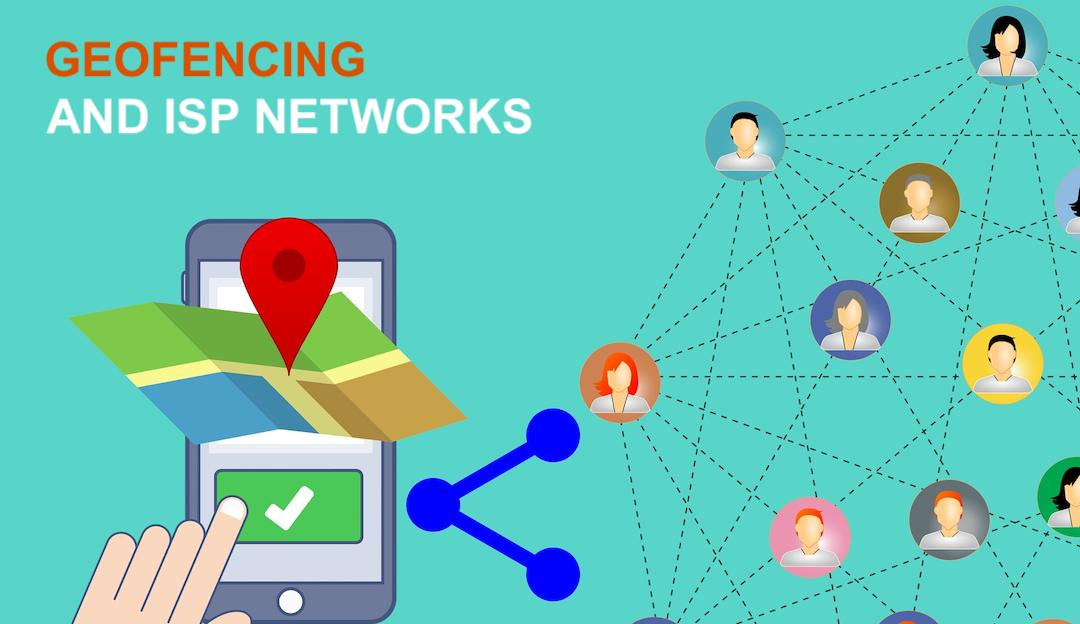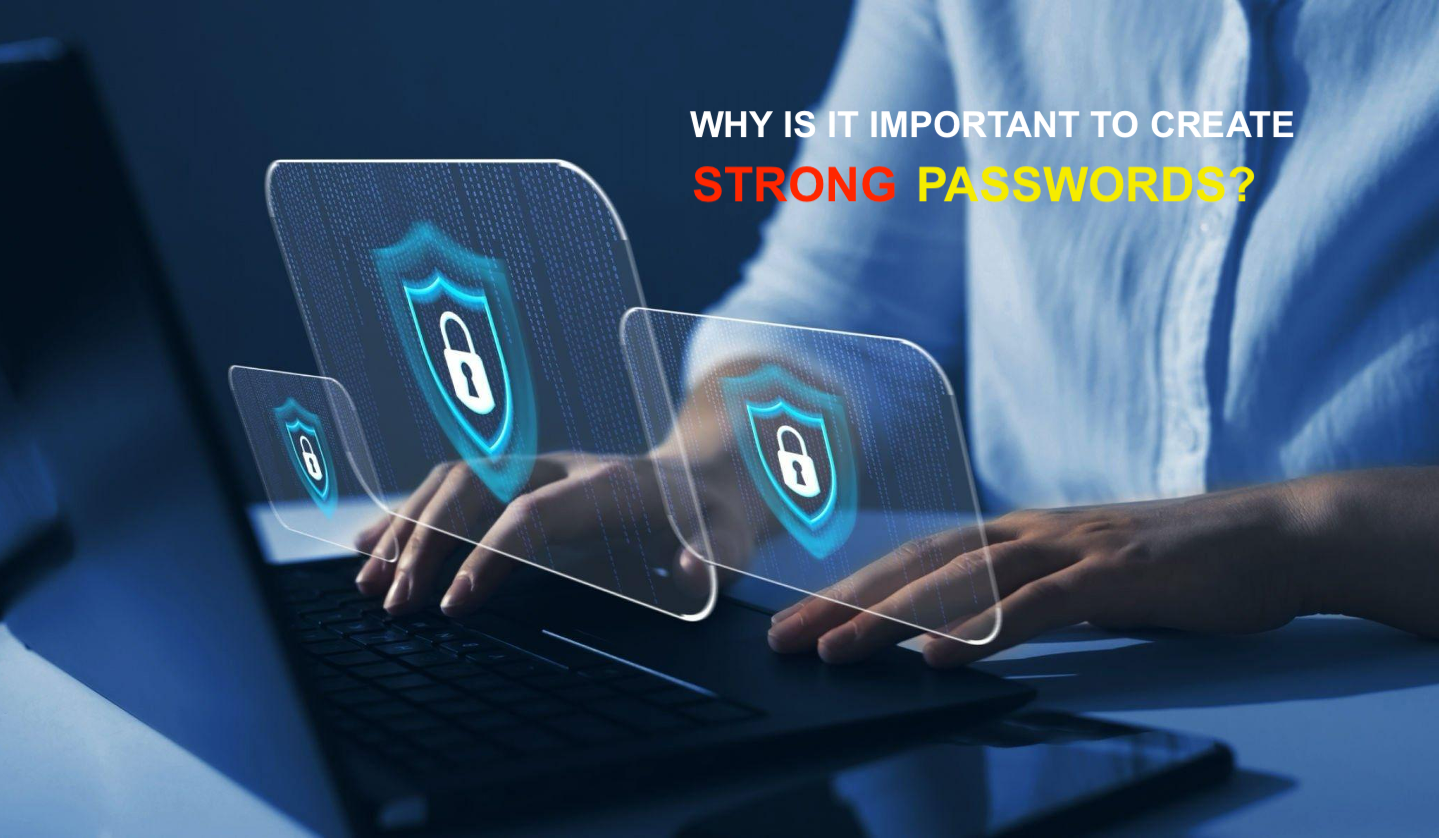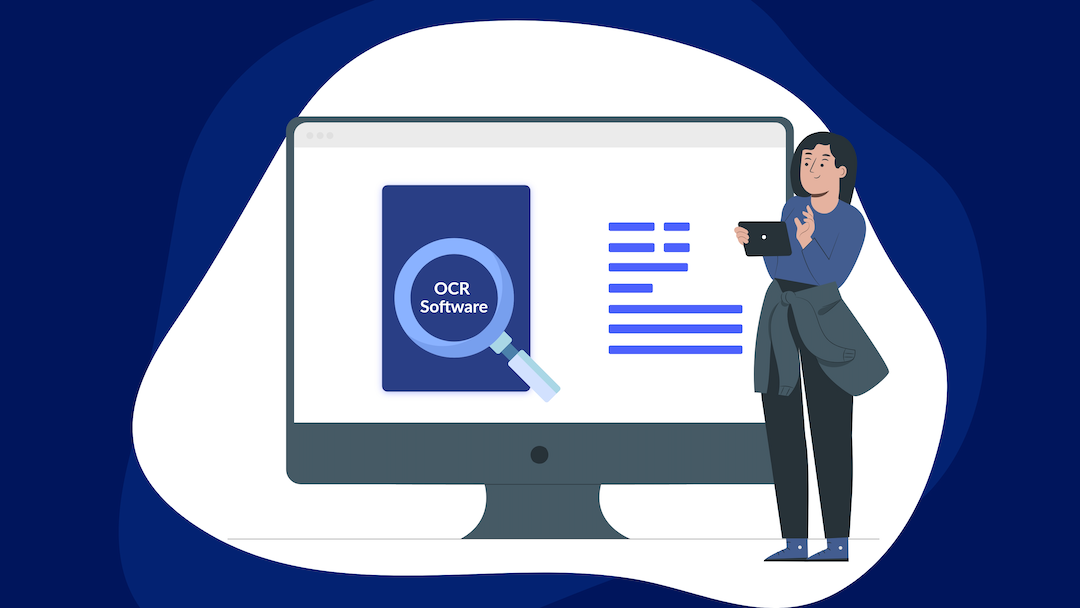
Geofencing has become a potent tool for organizations to improve operations and consumer engagement in the constantly changing world of technology. When geofencing is combined with Internet Service Providers' (ISPs') capacity to provide limitless internet and phone services, geofencing becomes a dynamic force that may be used for specific purposes. This article delves into the synergy between geofencing and ISP networks, exploring how businesses can benefit from accurate geolocation data to create more effective and personalized user experiences.
What is Geofencing?
Geofencing is a location-based service that defines geographical boundaries using GPS, RFID, Wi-Fi, or cellular data. These virtual perimeters enable businesses to trigger actions when a device enters or exits a specific area. Initially conceived for security and monitoring purposes, geofencing has evolved into a versatile tool with applications across various industries.
Applications of Geofencing
1. Retail and Marketing
Geofencing allows retailers to send targeted promotions or discounts to customers when they enter a predefined geographical area. For instance, a clothing store can push a special discount notification to potential customers passing by. Integrating accurate geolocation data enhances the precision and effectiveness of such marketing strategies.
2. Navigation and Logistics
Logistics companies can optimize their delivery routes and track shipments in real-time using geofencing. Accurate location data helps improve efficiency, reduce delivery times, and enhance overall customer satisfaction. Effective network security policy management ensures that sensitive data is safe.
3. Healthcare
In the healthcare sector, geofencing can be applied for patient monitoring and adherence to treatment plans. It allows healthcare providers to send reminders or alerts when a patient enters or leaves a specific location, ensuring timely medication and follow-ups.
4. Event Management
Event management increasingly uses geofencing to provide attendees with relevant information and updates. It can also help organizers analyze foot traffic and optimize the layout for future events.
Geofencing and ISP Networks
In order for geofencing to work flawlessly, a stable internet connection is crucial for sending timely notifications, tracking assets, and analyzing data. Geofencing applications require low latency to ensure timely and accurate responses.
Geofencing application is not limited to the Internet, but can also be expanded into phone services. Integrating phone service with geofencing enables businesses to establish seamless communication channels. For example, in emergencies or for location-specific customer support, companies can use geofencing triggers to initiate phone calls or send messages to users within a specific area.
Businesses can also leverage phone service with geofencing to create location-specific marketing campaigns. Sending targeted messages or promotions to users within a certain radius becomes more personalized and effective, enhancing customer engagement.
To effectively integrate geofencing applications into your business, it is essential to have reliable Internet and phone services and cover a wide range of geographical areas. Viasat unlimited internet is one of the ISPs offering Internet and phone services in the expansive network to enhance geofencing capabilities, ensuring seamless and reliable data transmission for targeted applications.
Case Study: Retail Optimization with Geofencing
Consider a retail chain utilizing geofencing to boost customer engagement.
1. In-Store Promotions
Geofencing triggers can be set up to send special promotions or discounts to customers as they enter the store. A reliable internet ensures that these notifications are delivered in real time, providing an immediate and personalized shopping experience.
2. Inventory Management
Geofencing can assist in optimizing inventory management. By tracking the movement of goods within the store using geofencing technology, the business can ensure that shelves are adequately stocked, minimizing instances of stockouts or overstock.
3. Customer Support
A phone service integrated with geofencing can be employed for enhanced customer support within the store. When a customer enters a designated support area, a geofencing trigger can initiate a phone call to offer assistance or answer queries.
Conclusion
Integrating geofencing with ISP networks opens up new possibilities for businesses seeking to enhance their operations and customer engagement. Accurate geolocation data and dependable internet access work together to provide companies the power to give their customers more individualized and targeted experiences. As technology develops, geofencing and ISP networks working together will probably be crucial in determining how location-based services in various sectors develop in the future.
Share this post
Leave a comment
All comments are moderated. Spammy and bot submitted comments are deleted. Please submit the comments that are helpful to others, and we'll approve your comments. A comment that includes outbound link will only be approved if the content is relevant to the topic, and has some value to our readers.



Comments (0)
No comment